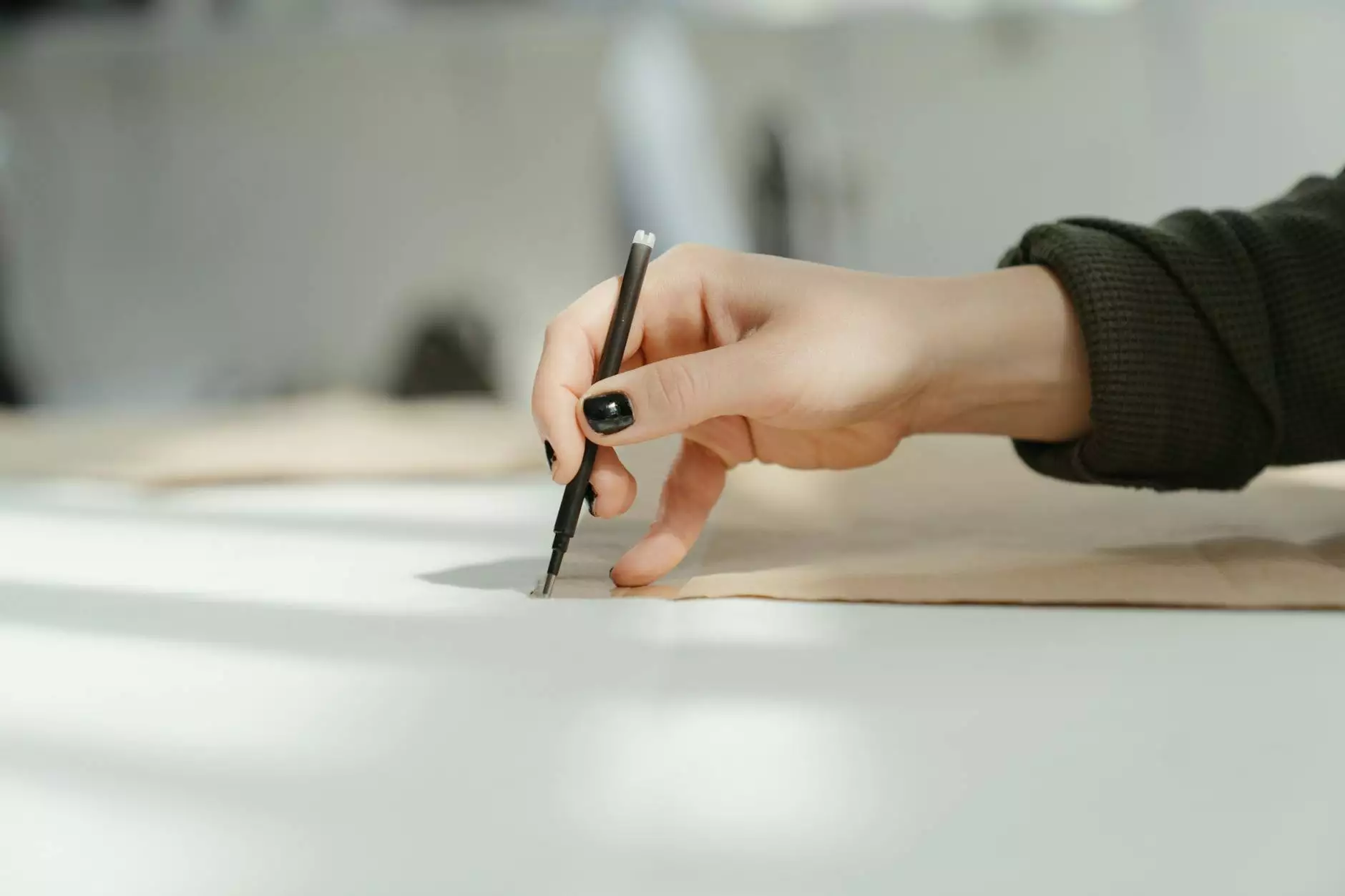Understanding Excessive Palm Sweating Treatment

For many individuals, excessive palm sweating, medically known as palmar hyperhidrosis, can be a significant and often embarrassing challenge. While it is a common condition, affecting millions worldwide, it is crucial to understand that effective treatments are available. In this article, we will explore various treatment options, from lifestyle changes to advanced medical procedures, aimed at reducing excessive palm sweating and enhancing your quality of life.
What is Excessive Palm Sweating?
Excessive palm sweating refers to the overactivity of sweat glands in the palms. This condition is not merely a nuisance; it can interfere significantly with daily activities, including work, social interactions, and even emotional well-being. The sweating occurs without any physical exertion or heat exposure, which makes it frustrating for those who experience it.
How Common is Excessive Palm Sweating?
Hyperhidrosis affects approximately 3% of the population, and palm sweating is one of the most common forms. The condition can start in childhood or adolescence and may continue into adulthood. It is essential to recognize that there are both primary (idiopathic) hyperhidrosis, which has no identifiable cause, and secondary hyperhidrosis, which is associated with underlying medical conditions.
Understanding the Causes
The exact cause of excessive palm sweating is still not fully understood. However, several factors may contribute to this condition:
- Genetics: A family history of hyperhidrosis often indicates a genetic predisposition.
- Emotional Triggers: Stress, anxiety, and excitement can trigger sweating episodes.
- Hormonal Changes: Some individuals experience increased sweating during puberty, pregnancy, or menopause.
- Medical Conditions: Certain conditions such as hyperthyroidism or diabetes can lead to excessive sweating.
Effective Treatment Options for Excessive Palm Sweating
1. Lifestyle Modifications
Before considering medical interventions, it's essential to explore lifestyle adjustments that can significantly reduce palm sweating:
- Stay Hydrated: Drinking plenty of water can help regulate body temperature and reduce the severity of sweating.
- Avoid Triggers: Identifying and avoiding known triggers, such as spicy foods or high-stress situations, may minimize sweating episodes.
- Use Antiperspirants: Over-the-counter antiperspirants containing aluminum chloride can be effective in managing hyperhidrosis. Applying them to the palms may provide relief.
2. Prescription Treatments
If lifestyle changes do not yield satisfactory results, consult with a healthcare provider for prescription treatments. Some options include:
- Prescription Antiperspirants: These are stronger formulations than those available over-the-counter and can help control excessive sweating.
- Botulinum Toxin Injections: Also known as Botox, this treatment temporarily blocks the nerves responsible for triggering sweat glands. The effects can last for several months.
3. Iontophoresis
Iontophoresis is a non-invasive treatment option that involves using a device to pass a mild electrical current through water and into the skin’s surface. This treatment is particularly effective for excessive palm sweating and requires multiple sessions to achieve optimal results. Many patients report noticeable improvements after a few treatments, and maintenance sessions can help keep sweating under control.
4. Medications
Oral medications may also benefit individuals suffering from palmar hyperhidrosis. Common options include:
- Anticholinergics: These can help reduce sweating by blocking the chemical signaling responsible for activating sweat glands.
- Beta-Blockers: Typically used for anxiety, these can reduce sweating in stressful situations.
5. Advanced Medical Interventions
If other treatments fail, more advanced options are available:
- Sympathectomy: This surgical procedure involves cutting nerves that trigger sweating. While effective, it carries risks and is often considered a last resort.
- Laser Therapy: This technique uses lasers to destroy sweat glands and may provide a long-term solution for excessive sweating.
Choosing the Right Treatment
When considering treatment for excessive palm sweating, it is vital to consult with a qualified healthcare provider. They will evaluate your specific condition and recommend a tailored plan based on effectiveness, side effects, and personal preferences. It's important to have realistic expectations as individual results may vary, and maintaining open communication with your doctor can help fine-tune your treatment approach.
Living with Palmar Hyperhidrosis
Coping with excessive palm sweating can be challenging, but several strategies can help make life more manageable:
- Educate Yourself: Understanding your condition empowers you to seek the most effective treatments.
- Join Support Groups: Connecting with others who experience similar challenges can provide emotional support and share coping strategies.
- Practice Stress Management: Techniques such as meditation, yoga, and mindfulness can help reduce the emotional triggers associated with sweating episodes.
Conclusion
Excessive palm sweating is a manageable condition with various treatment options available. Whether through lifestyle changes, prescription medications, or advanced therapies, individuals can find relief and reclaim their confidence. Remember, neumarksurgery.com offers valuable resources for understanding and treating hyperhidrosis. Consult with healthcare professionals to determine the best course of action for your unique needs, and take the first step towards comfortable and confident living.
Frequently Asked Questions
Q: Is excessive palm sweating curable?
A: While there is no universal cure, many effective treatments can significantly reduce symptoms and improve quality of life.
Q: Are there any side effects associated with treatments?
A: As with any medical treatment, side effects can occur. Discussing these with your healthcare provider beforehand can help you weigh the benefits and risks.
Q: How soon can I expect results from treatment?
A: Results can vary based on the treatment method. Some options, like iontophoresis and Botox, may show results within weeks, while others may take longer.
Q: How often will I need to seek treatment?
A: This varies by method; Botox may need reapplications every 3-6 months, while iontophoresis might require regular sessions to maintain results.
excessive palm sweating treatment








